Mahaprajapati’s Daughters
If there’s a mother of Buddhism, it’s Mahaprajapati, says Andrea Miller. In women dharma teachers throughout the ages, we see a continuation of her strength and practicality, her wisdom and compassion. The post Mahaprajapati’s Daughters appeared first on Lion's...
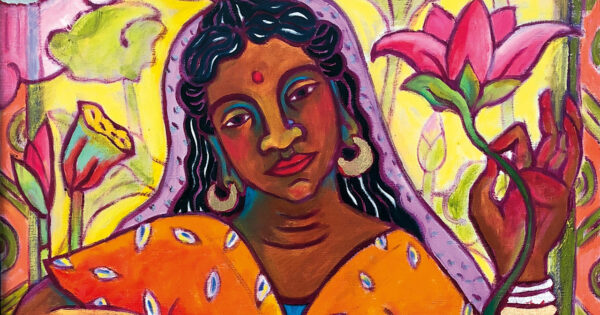
If there’s a mother of Buddhism, it’s Mahaprajapati, says Andrea Miller. In women dharma teachers throughout the ages, we see a continuation of her strength and practicality, her wisdom and compassion.
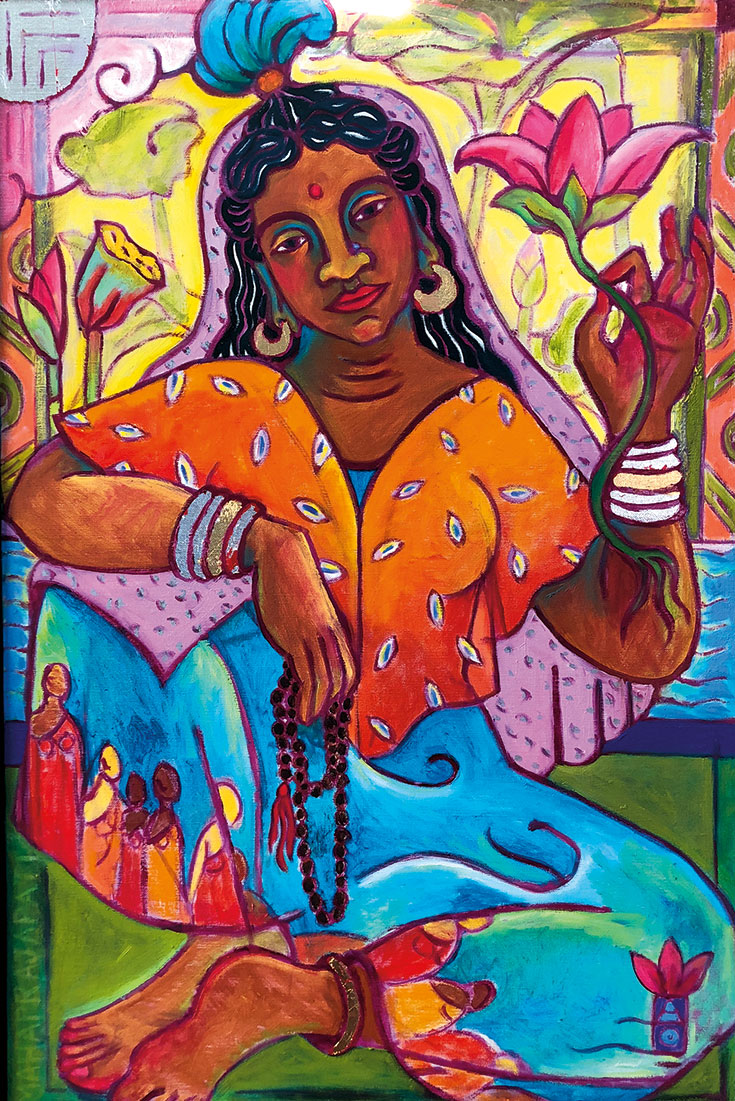
Mahaprajapati was Siddhartha’s aunt and loving stepmother. She was also deeply realized—an arhat, respected dharma teacher, and the first Buddhist nun.
Painting by Anna Oneglia / annaoneglia.com
I was fifteen when my friend’s dad stumped me with a riddle: “A man and his son get into a terrible car crash. The father is killed instantly, but the son is rushed to hospital where the surgeon says, ‘I can’t treat the boy. He’s my son.’ How is this possible?”
Being a young feminist, I believed I let womankind down when I did not guess that the surgeon was the boy’s mother. Now, so many years later, I see it’s no individual’s fault or failing for getting it wrong. Patriarchal society has created such deep-rooted biases that they poison the views of virtually everyone, even those of us who fervently believe in gender equality.
The dharma is about clearly seeing the true nature of reality, so it’s tempting to think Buddhism is untouched by sexism. Yet if we cooked up a riddle about “a Buddhist master” or “a great Buddhist teacher,” I suspect most of us, in our mind’s eye, would see a man in that seat.
There is, however, a long history of great women teachers from the days of the Buddha all the way to the present. Sifting through the records, I see that many of them were remarkable not just because of the profundity of their teachings and the dedication of their practice, but also because they’re the dharma equivalent of Ginger Rogers doing everything Fred Astaire did, only backward and in heels. In other words, female dharma teachers have had to overcome challenges and prejudices that their male counterparts have not. It’s taken true grit from the so-called softer sex to become a teacher, let alone a great teacher.
To celebrate women teachers over the long arc of Buddhist history, I want to hold ten of them and their accomplishments up to the light.
Some 2,600 years ago in the foothills of the Himalayas, there was Mahaprajapati, Siddhartha’s aunt. Both she and her sister Mahamaya married the same king. When Mahamaya died shortly after giving birth, Mahaprajapati nourished Siddhartha with her own milk and raised him as her own cherished son.
Time passed. Siddhartha grew to be a man, became the Buddha, and established a community of monks. The fact that it was all male did not deter Mahaprajapati. After practicing as a laywoman for five years, she went to the Buddha and asked to join his sangha as a nun. By extension, she was asking him to welcome women in general.
The Buddha said no. She asked again, and again he said no. But Mahaprajapati was nothing if not dogged. Disregarding the Buddha’s refusal, she inspired five hundred other women to likewise set their sights on ordination and, as if they were already ordained, they shaved their heads and put on robes. Then she led the women, barefoot, walking more than two hundred miles to the monastery where the Buddha was staying, and they parked themselves outside, weeping.
I wish I could say this was enough to convince the Buddha to accept them, but a further step was apparently required: the monk Ananda—a man—had to champion their cause and remind the Buddha that women are as capable of realization as men. Finally relenting, the Buddha said women could ordain as long as they accepted eight rules relegating them to a position inferior to that of monks.
The Buddha’s reluctance and rules leave a bitter taste in my mouth. Of course, as an individual, I could decide her ordination story doesn’t matter; I could let it go. But this wouldn’t change the fact that, to this day, the story has very real consequences in the lives of Buddhist nuns (or would-be Buddhist nuns). In many parts of the Buddhist world, it’s a pretext for not providing female monastics with the same opportunities or status as their male counterparts. I also suspect the inferior status of nuns has repercussions for lay women. After all, when women with robes are devalued, women without them are surely perceived as lower still.
In any case, Mahaprajapati took the offer of ordination on condition as a win. She quickly attained arhatship and became a beloved preceptor of women, a respected dharma teacher, and a judge in disputes on equal footing with male judges.
Mahaprajapati worked within the bounds of what was possible, and she pushed those bounds and then pushed them further. She is not only the founder of the Buddhist bhikkhuni lineage, but also a role model for all the women Buddhist teachers and practitioners who need to resourcefully find a way to get by in this world, which is not always just. In the millennia of women Buddhist teachers, we can see echoes of Mahaprajapati’s fortitude and practicality, her wisdom and compassion.
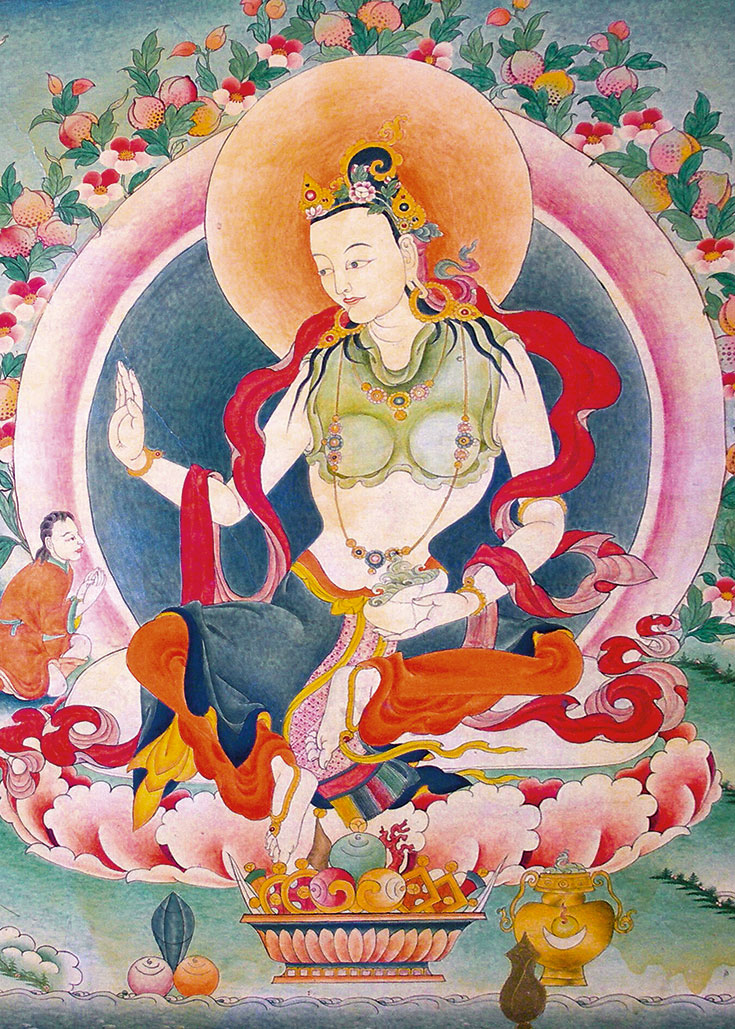
Although the eighth-century female buddha Yeshe Tsogyal may be more legendary than historical, she’s nonetheless an inspiration to women in the Tibetan tradition. Image of larger mural at Samye Monastery / via iamyeshetsogyal.com
Many women dharma teachers are remembered only in fragments, for example, Prajnatara. The twenty-seventh “patriarch” of Indian Buddhism according to the Zen tradition, she’s all but lost to the mists of time. It isn’t even clear if she was a woman. In Chinese texts, gender is ambiguous, assumed from context, so many people have jumped to the conclusion that, as the teacher of the celebrated Bodhidharma, Prajnatara was a man. Yet evidence, including records in the Korean lineage, indicates otherwise.
Although the dates we have for Liu Tiemo’s life are only approximate—780 to 859—someone long ago saw fit to note her physical appearance. (Apparently, she was nothing to look at.) But when it came to dharma debate, Chan teacher Liu Tiemo was such a force to be reckoned with that she was nicknamed “the Iron Grindstone.” Her teaching style was described, with admiration, as “precipitously awesome and dangerous.”
Some women Buddhists are primarily recognized for their relationship to a male teacher, and yet they are, in their own right, highly realized. The eighth-century Tibetan Yeshe Tsogyal, for instance, is often identified as a consort of Tantric master Padmasambhava and transcriber of his teachings. Legend has it that she was forced to marry against her will and that, while practicing meditation alone in the mountains, she endured rape, scorn, and starvation. But Yeshe Tsogyal overcame every obstacle and achieved full enlightenment, equal to that of Padmasambhava. These words are attributed to her: “I see nothing to fear in inner space.”
Also from the Tibetan tradition is Jetsunma Tenzin Palmo. Born in England in 1943, she worked as a librarian until, in 1964, she’d saved enough money to sail to India in hopes of pursing the Buddhist path. On her twenty-first birthday, she met her guru, the eighth Khamtrul Rinpoche, and soon asked to become a nun.
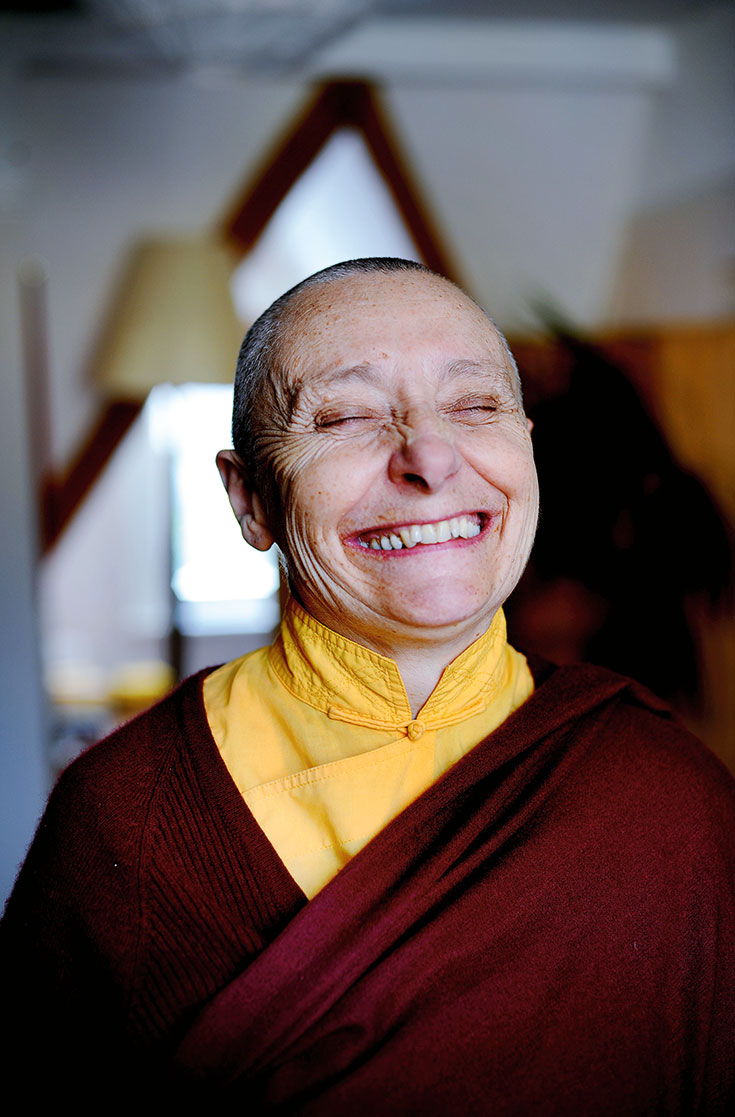
Jetsunma Tenzin Palmo was one of the first Westerners to be ordained as a Tibetan Buddhist monastic. She’s a former president of Sakyadhita International Association of Buddhist Women.
Photo by Sarah Lee
But there was a problem. In the Tibetan tradition, full ordination doesn’t exist for women; they can only become novices. The eight heavy rules that the Buddha is said to have imposed on nuns stipulated, among other things, that the ordination of a woman must be performed by monks and nuns together. Some thousand years ago the lineage of fully ordained nuns, bhikkhunis, died out in the Theravada tradition, while in the Vajrayana it was never established.
In this way, women have been shut out of full ordination with a catch-22. Without a quorum of nuns, no woman can be ordained; because no women are being ordained, there’s no quorum of nuns. Only in East Asian Mahayana orders do nuns receive full ordination, so Tenzin Palmo ordained at Miu Fat temple in Hong Kong.
Later, she lived alone in a cave in northern India for twelve years. Tenzin Palmo grew her own potatoes and turnips; slept and meditated upright in a meditation box; and once, after a blizzard, was so trapped by ice that she thought she’d surely die. For the first nine years in the cave, she occasionally had visitors and took short trips away. For the last three years, she observed a strict solitary retreat.
Both Tenzin Palmo and Ta Tao Fa Tzu of Thailand are known for working tirelessly to give women the opportunity to ordain and engage in deep practice.
In 1908, Ta Tao Fa Tzu was born Lamai Kabilsingh, and her father felt such disappointment in having another girl that he abandoned the family. Growing up, she had an interest in literature. Eventually, this flowered into her becoming a novelist, journalist, and founder of a Buddhist magazine. She was also a school teacher and the first Thai woman to be a skilled swordfighter. In 1932, she biked to Singapore with a group of boy scouts—a feat that took twenty-nine days.
After a medical scare, Kabilsingh dedicated herself to learning meditation, and soon she was recognized as being qualified to teach others.
Since it’s illegal for women in Thailand to ordain as full bhikkhunis or even novices, an alternative has developed. That is, they can become maechis, women who wear white robes but are neither monastics nor laypeople. They may reside at a temple, but—unlike monks—they’re expected to provide for themselves and are largely treated as temple staff, expected to cook, clean, sell incense.
Kabilsingh had no intention of becoming a maechi; she wanted to be a bhikkhuni. Although no local monk was willing to ordain her, she did manage to find one who agreed to do a maechi ceremony even though she was upfront about her plan to not wear white afterward but rather pale yellow. Let’s just say that the newly “ordained” Kabilsingh got herself noticed in her new garb, and it wasn’t long before the Council of Elders was meeting to determine if that particular shade of yellow was too blasphemously close to monastic saffron. Largely thanks to one sympathetic monk, the inquisition was eventually brought to an end.
After Kabilsingh founded a monastery and established a community of like-minded women, she discovered that formal ordination was possible for her—in Taiwan. Her preceptor would be from the Mahayana tradition, not her own Theravada. But this would do. So, receiving the name Ta Tao Fa Tzu, she became the first known Thai woman to ever ordain as a Buddhist monastic.
Ta Tao Fa Tzu’s daughter, Chatsumarn Kabilsingh, was still a child when the family home was transformed into a small nunnery. Though she took temporary ordination at age thirteen, Chatsumarn Kabilsingh nonetheless grew up to have a vibrant lay life. She earned her master’s in religion from a Canadian university, then in India she earned her PhD in Buddhism. She got married, raised three boys, and became a Thai television personality.
One day in 1999, Chatsumarn Kabilsingh was camera-ready in makeup and stylish clothes when she looked in the mirror and thought, “How long do I have to do this?” At that moment she committed herself to becoming a monastic.
To circumvent the law prohibiting the ordination of women in Thailand, Chatsumarn Kabilsingh went to Sri Lanka. The Theravada island nation had recently revived its bhikkhuni lineage, so this gave Chatsumarn Kabilsingh the opportunity to be the first Thai woman to ordain within her own tradition, the Theravada. Now, going by the name Dhammanda Bhikkhuni, she’s abbess of Songdhammakalyani, the monastery founded by her mother.
Other Thai women have found a way forward on the path as lay practitioners, for example, Kee Nanayon. Born in 1901, she was an avid meditator even in her youth and was largely self-taught. In 1945, she and her aunt and uncle established a retreat for themselves in an old, abandoned monastic dwelling, surrounded by forest. Receiving almost no outside support, they had to be frugal. They collected wild bamboo shoots and fruit for their meals; patched and re-patched their clothes; and shared their cave with throngs of bats.
Other seekers joined them, and a thriving women’s practice community grew with Kee Nanayon finding herself in the role of teacher. “Knowing is a fabrication,” she taught. “Not knowing is a fabrication. When we examine them internally we see that both arise and pass away. Even the truths we know in this way don’t stay long. They always turn into not knowing.”
Dipa Ma was born in 1911 in what is now Bangladesh. After getting married at age twelve to a man twice her age, she endured fertility issues, losing two babies. Then her husband died, and she was left alone to raise their only living child. Sadly, she was so devasted by grief that she could barely function. Her doctor recommended meditation.
Advancing rapidly with her practice, Dipa Ma soon had such deep powers of concentration that she didn’t feel it when a dog bit her. She contemplated leaving her daughter in a neighbor’s care and spending the rest of her days at a meditation center. Ultimately, however, she opted to combine family life and practice.
In time, Dipa Ma had hundreds of students. There was a daily stream of visitors to her modest apartment, and she profoundly influenced the American Vipassana community, as she taught Sharon Salzberg, Jack Kornfield, and Joseph Goldstein.
“Being a wife, being a mother—these were my first teachers,” said this patron saint of householders. “Make all circumstances your teachers.”
Finally, let us turn our attention to the Taiwanese scholar and monastic Chao-hwei Shih. A devoted animal rights advocate, she was instrumental in the passage of a Taiwanese wildlife conservation act and in getting both horse gambling and a cruel form of fishing banned in Taiwan. “Buddha could not bear to see sentient beings suffer,” she once remarked.
In 2012 Chao-hwei Shih got the world’s attention when she officiated a wedding for two women in strapless white gowns; it was Taiwan’s first same-sex Buddhist wedding. At that time, gay marriage was prohibited across Asia, so this wasn’t a legal ceremony, but Chao-hwei Shih was hoping to spark a conversation about LGBTQI+ rights. Seven years later, Taiwan became the first country in Asia to legalize gay marriage, and couples are still sending her thank-you notes and wedding cookies.
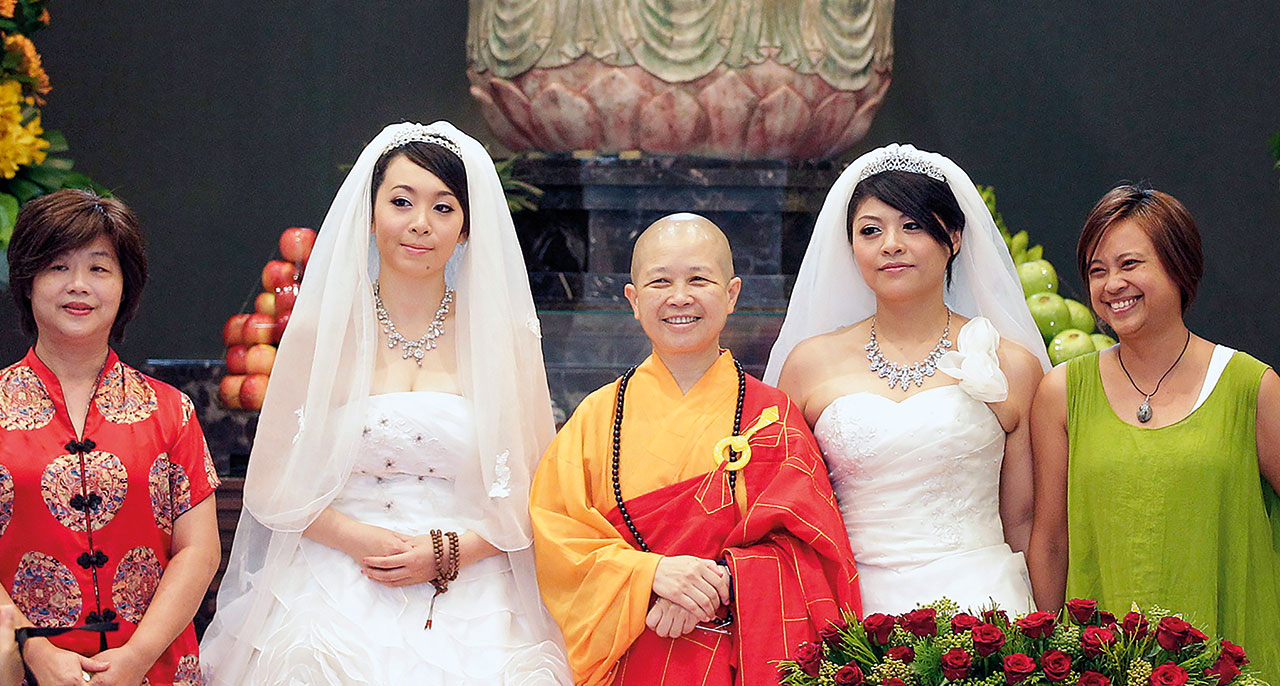
In 2012, Chao-hwei Shih officiated the first LGBTQ+ Buddhist wedding in Taiwan. She said, “In Buddhism, desire is not a sin.”
Photo by Pichi Chuang / Reuters
An outspoken feminist activist, Chao-hwei Shih once led a group of male and female monastics and lay practitioners to make a bold statement about women’s rights at a televised Buddhist conference in Taipei. With the cameras on them, they took a copy of those eight heavy rules the Buddha supposedly gave to Mahaprajapati so long ago—the ones making nuns subservient to monks—and they ripped them up.
Mahaprajapati and the Buddha lived long ago and left no written records of their own, so is her ordination story historically accurate? Contemporary scholars have put forth evidence suggesting it is not. They say that someone, somewhere along the line, tweaked the story or fabricated it whole cloth. Not in keeping with the buddhadharma, it’s a misogynistic myth.
I wonder sometimes just how much the standard myths of what it means to be a woman have made me doubt myself and my abilities, how much they will make my daughter doubt herself and her abilities. And I wonder, too, about you and your daughters—about all women.
Representation matters, even in the realm of spirituality. If we’re aware of accomplished Buddhist women, surely we’ll be more confident in our ability to progress on the path. It’s painful to bear witness to the misogynistic threads that emerge in the biographies of women teachers, but it’s more painful not to know their stories at all. They’ve forged a path for us. They’ve proven it’s a path that women can follow.

 JimMin
JimMin 







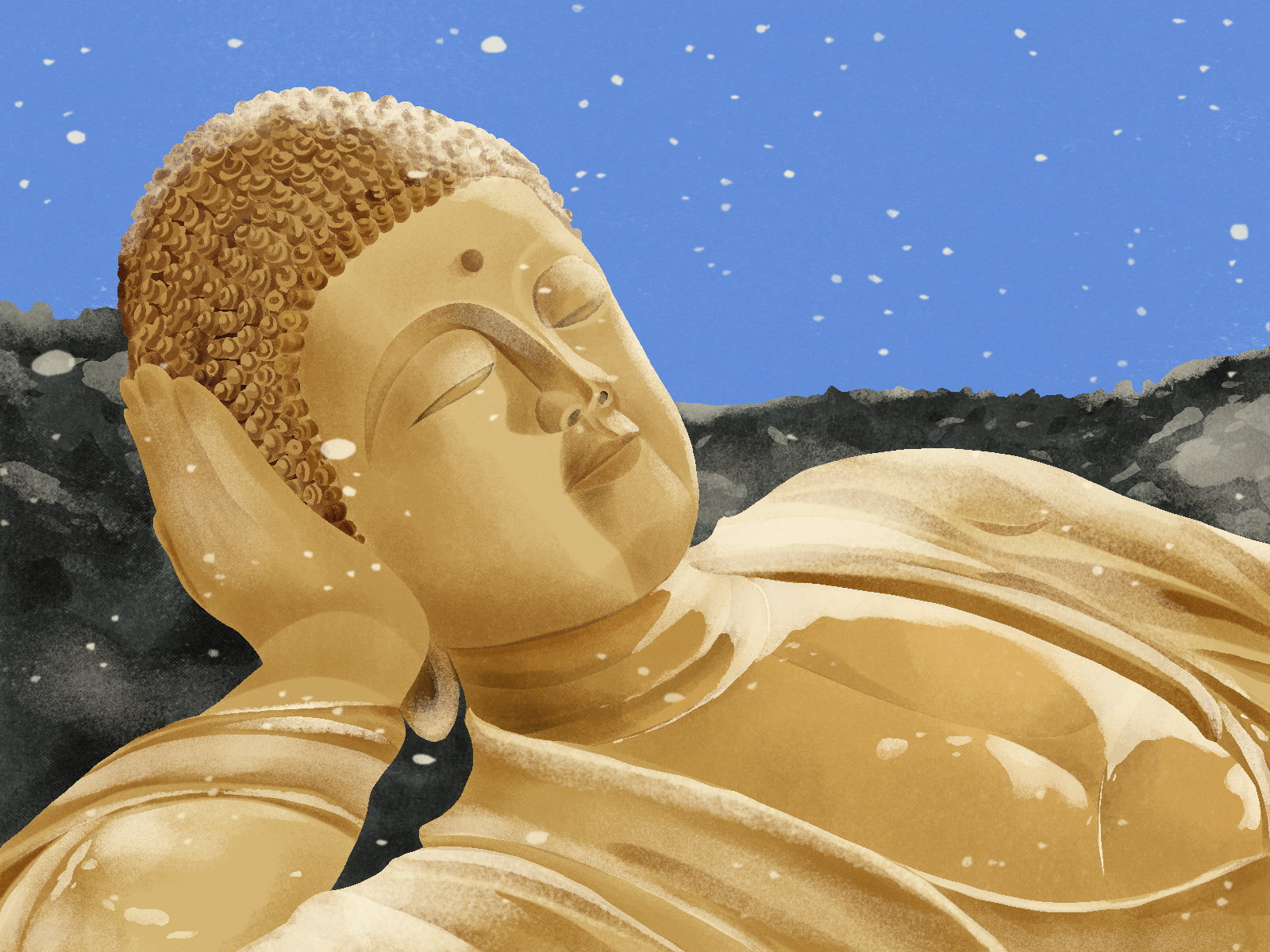

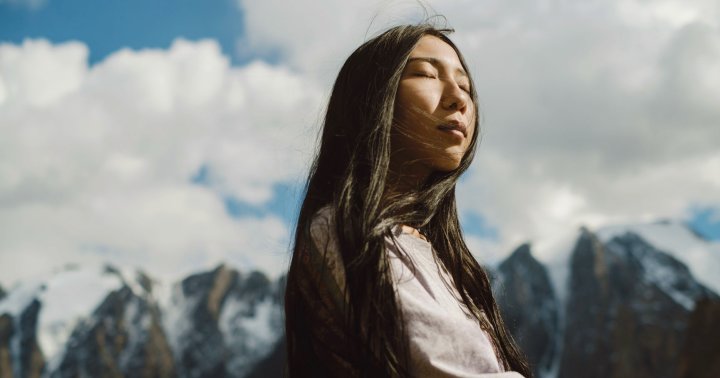
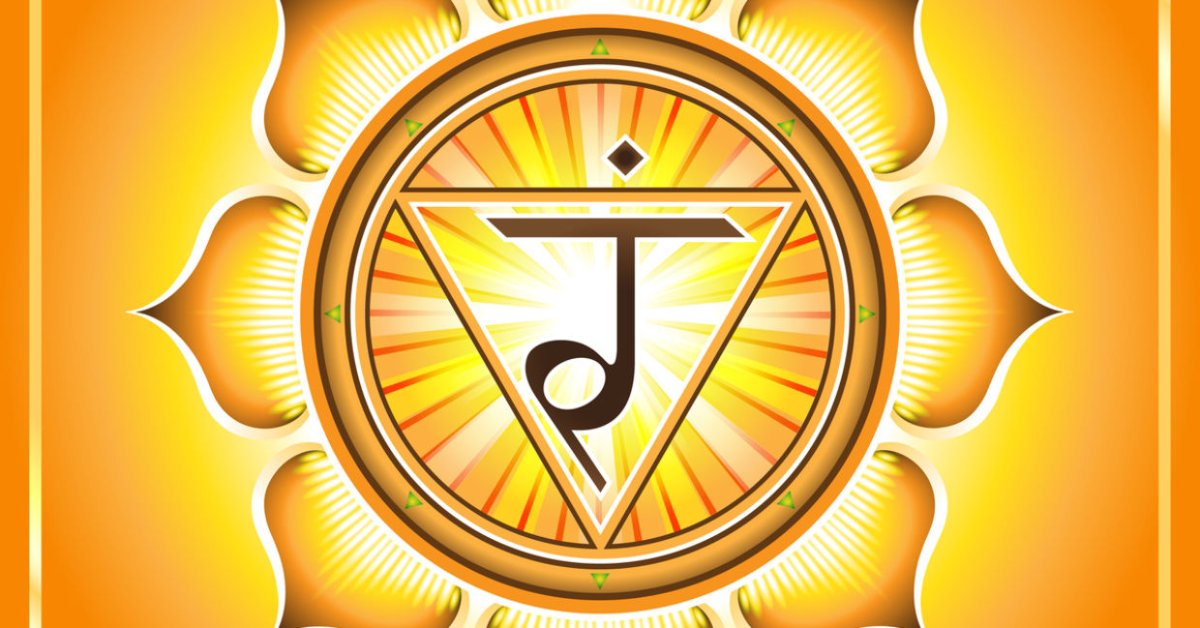


















.jpg&h=630&w=1200&q=100&v=f776164e2b&c=1)

